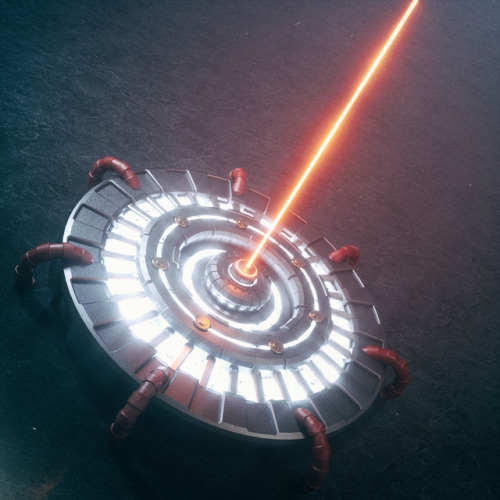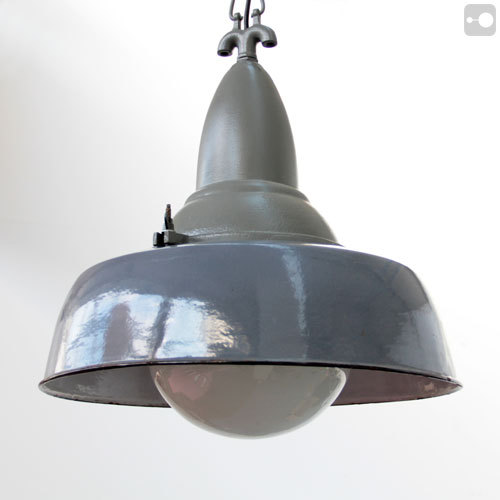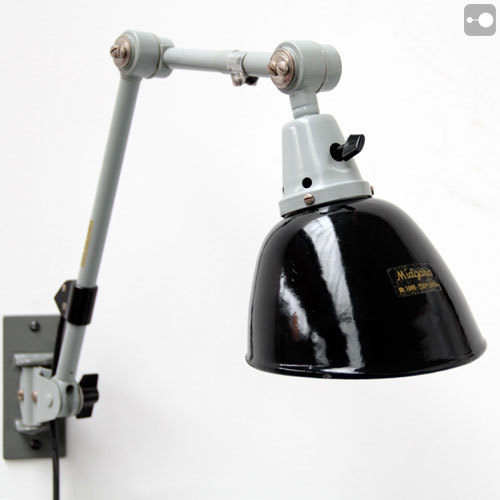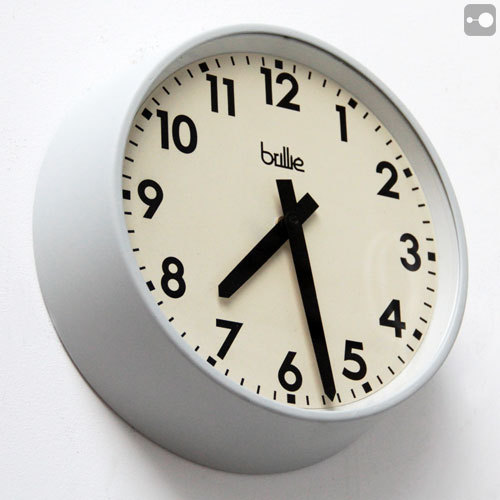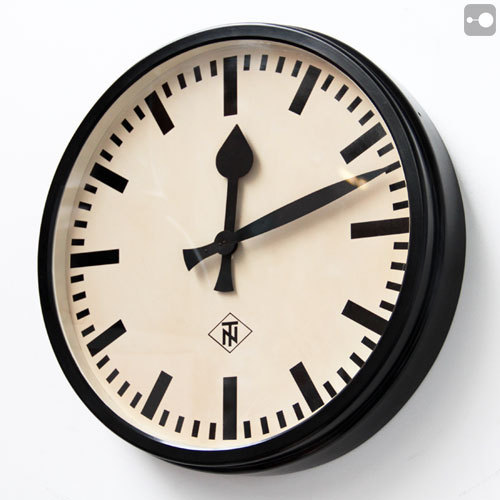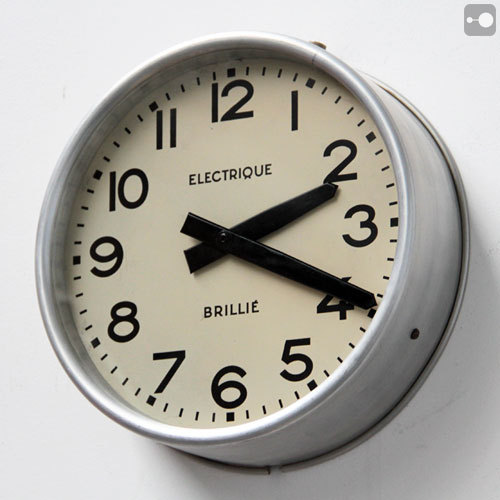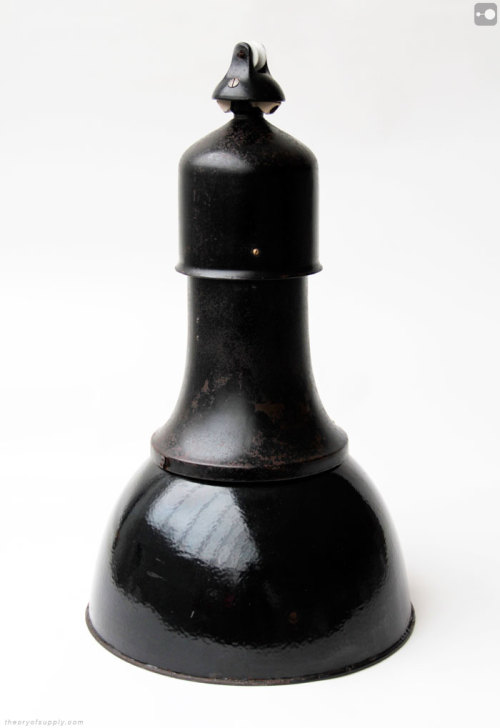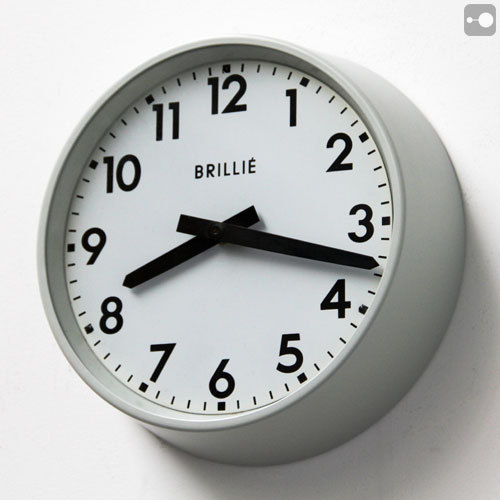#industrial
On 12th of April 1928 Madeleine Smith who stood trial in one of Scotland’s most sensational trials died peacefully in New York
Sex, blackmail, poison and death. With this heady mix it is hardly surprising that one of the most enduring murder cases from the past 150 years is the story of Madeleine Smith.
The 21-year-old lass was the daughter of a well known Glasgow architect and socialised in high circles until she was charged with the murder of a previous lover.
Her one-time lover had been Pierre Emile L’Angelier of Jersey. The Crown alleged that she had administered arsenic to him between 19th February and 23rd March that year, at or near her father’s house. L’Angelier had collapsed suddenly at his lodgings in Glasgow on 23rd March. He was found in a doubled-up position at the door in the early hours of the morning and despite constant medical attention by a doctor he died the following day.
After his death, his family insisted a post-mortem was conducted and the results were handed over to the police. A forensic examination detected over 30 grains of arsenic in his remains.
Previously, during their passionate affair, L’Angelier and Madelaine had corresponded through secret letters. L’Angelier often referred to his lover with the words “Wifie mine”. On one occasion Madelaine had written, “Am I not your wife? Yes, I am”, and there is reason to believe that L’Angelier assumed that they were married according to Scots law.
After L’Angelier’s death investigators uncovered the secret correspondence between the pair which revealed their passionate liaison and helped piece together the events surrounding L’Angelier’s suspicious death. It was discovered that, despite her affair with L’Angelier, Madelaine had been attracted to a Mr Minnoch, a high class member of society. Soon after, she became engaged to Mr Minnoch and wanted L’Angelier to return the letters. L’Angelier refused and threatened to bring them to the attention of her father and Minnoch. Madelaine buckled under the threats, and was forced to maintain L’Angelier’s company. His nightly visits resumed, but on two occasions he was seized with an inexplicable illness after being given a cup of cocoa from her hands. On the evening of his death witnesses testified that he had been seen heading in the direction of Madelaine’s house.
On her arrest Madeline’s family were said to be distressed and ashamed, however Miss Smith did not seem to suffer from the same discomfort. At her trial she entered the dock with “the air of a belle entering a ballroom or a box at the opera. Her steps were buoyant and she carried a silver-topped bottle of smelling salts. She was stylishly dressed and wore a pair of lavender gloves”.Throughout the trial she never appeared perturbed, and seemed to exert a peculiar fascination over the men in the court audience. She was later to tell her prison matron in a letter that she had received hundreds of letters “all from gentlemen, offering consolation, their hearts and money”.
Madelaine claimed that she had not seen L’Angelier for three weeks prior to his death. In her defence she explained that a poison she had recently purchased was for killing vermin and also for cosmetic purposes, diluted with water, to wash her face, arms and neck. The prosecution case rested on the overwhelming motive that the prisoner had for disposing of her erstwhile lover. The defence proceeded to allege that there was no evidence that the couple ever met on the days in question. It was even suggested that the heartbroken L’Angelier may have taken his own life in despair.
The jury took only half an hour over their deliberations. While they were absent, it was said that the least excited person in the court was Miss Smith. When the foreman delivered a verdict of “not guilty of the first charge by a majority, of the second charge not proven, and by a majority find the third charge also not proven”, the result was greeted with great applause. Madelaine Smith left the trial a free woman.
A short time after the trial, Miss Smith married a gentleman of good social standing in London. She emigrated to America some years later, where she married yet again. The story was famous in Victorian times for the reason that the public could not believe that a woman could be so devious. Madelaine became something of a femme fatale and was sensationalised as a devil woman who captured unsuspecting men in her web of deceit. There are still stories and articles written about her, the latest being in The Courier last November.
https://www.thecourier.co.uk/fp/entertainment/2738490/madeleine-smith/
Post link
A very heavy large enamel industrial lamp shade from 1950s Communist East Germany with a cased glass bulb cover.
more info @ theoryofsupply.com
Post link
Bauhaus era industrial desk lamp by Körting und Mathiesen of Leipzig, Germany (Kandem) manufactured in the 1930s, 40s, with a glass base.
more info @ theoryofsupply.com
Post link
Vintage Bakelite Industrial Clock
Manufactured by Pragotron in Communist Czechoslovakia, 1960s, 1970s.
more info @ theoryofsupply.com
Post link
Square double sided Industrial Clock
French wall mounted (or ceiling) double side industrial clock by Brillié. 1950s.
more info @ theoryofsupply.com
Post link
ATO Industrial Clock
A smaller industrial clock by ATO, France 1950s. Aluminium
more images @ theoryofsupply.com
Post link
French Industrial Clock
Double sided French industrial clock, polished aluminium. 1960s
more info @ theoryofsupply.com
Post link
Brillié Industrial Clock
Industrial clock by Brillié, aluminium, 1970s, 26cm diameter
more info @ theoryofsupply.com
Post link
Kaiser Idell Industrial Desk Lamp
Model 6579 designed by Christian Dell of the Bauhaus in 1934.
more info @ theoryofsupply.com
Post link
German Railway Clock, T&N
A large bakelite German Railway clock, by Telefonbau und Normalzeit, Hamburg, 1950s.
more info @ theoryofsupply.com
Post link
Electrique Brillié
A vintage French factory clock from the 1940s / 50s. Aluminium 28cm diameter
more info @ theoryofsupply.com
Post link
Kandem Industrial Lamp
Refurbished industrial lamp manufactured by Kandem, Leipzig. 1919 - 1939. Kandem had close ties to the Bauhaus school. 65cm high, 39cm diameter.
more info @ theoryofsupply.com
Post link
French Factory Clock
1950s industrial clock manufactured by Brillié. Aluminium.
more info @ theoryofsupply.com
Post link
This one was fun to build. It is an ultra-tiny robot workshop with a man hard at work building and repairing robots. It is made almost exclusively from tiny watch parts. Some of the features, such as the tools on the table, are a little hard to discern. I took most of the pictures without the glass but the final piece is closed with a piece of glass on the front. Enjoy!
Available at my Etsy shop:
www.etsy.com/shop/MicroJewellery
Post link



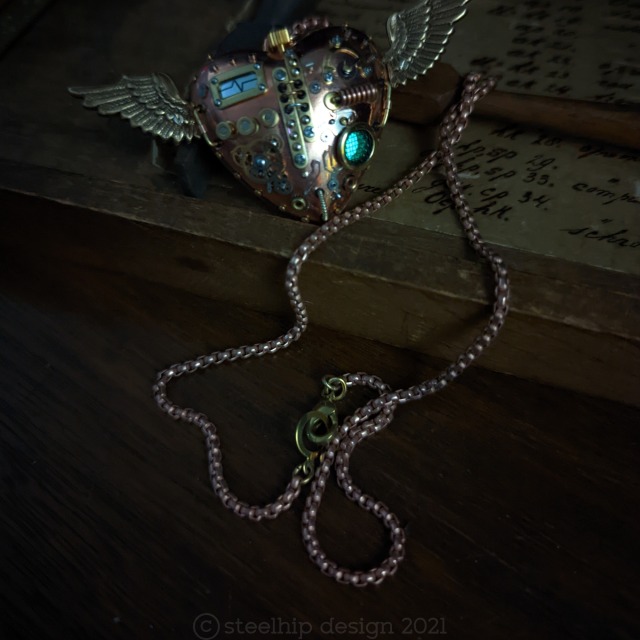
My latest heart.
I know - another heart. I still love making them and, at this time of year, I get a lot of requests. Each is unique - sometimes on purpose, sometimes to cover up an accident - drill scratch, hole in the wrong place etc. The heart itself is vintage - new old stock from the 1970s - a lucite core with a thick copper plate. They are still available but, eventually, I’ll have to find an alternative. I’d love to find similar wood hearts - that could be hinged with a secret internal compartment. If anyone knows where something like that can be sourced - let me know. Dimensions would be 1 ½ inches wide/high and about ¾ of an inch deep so they could be cut and hollowed out.
The next one I’ll be making will be a bit different - a central “window” with a flashing red LED - with batteries that can be replaced. It will have to be a symmetrical design with a feature taking up that much real estate on the heart. I’m starting it tonight and I’ll post a video of it to show the “flash”.




